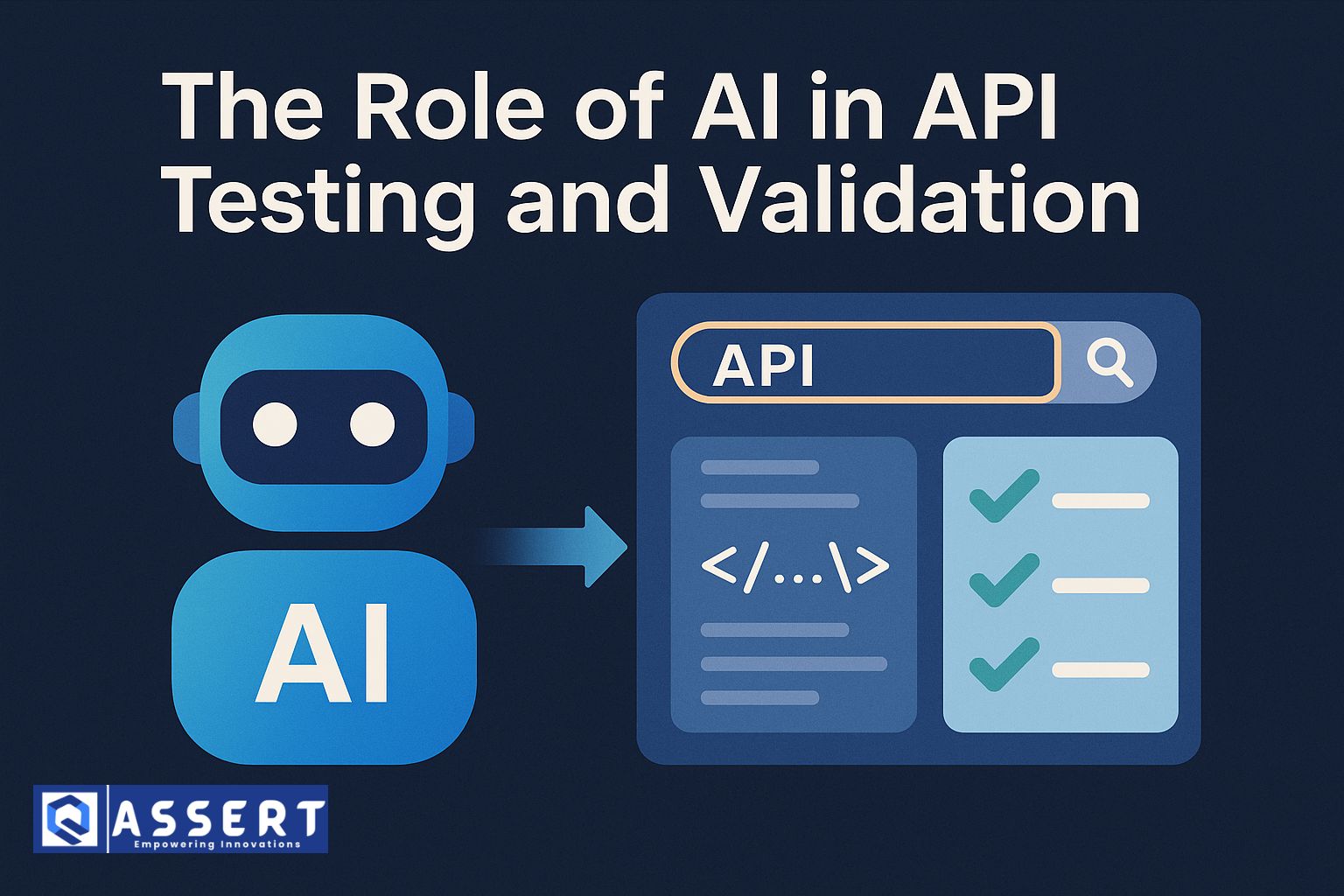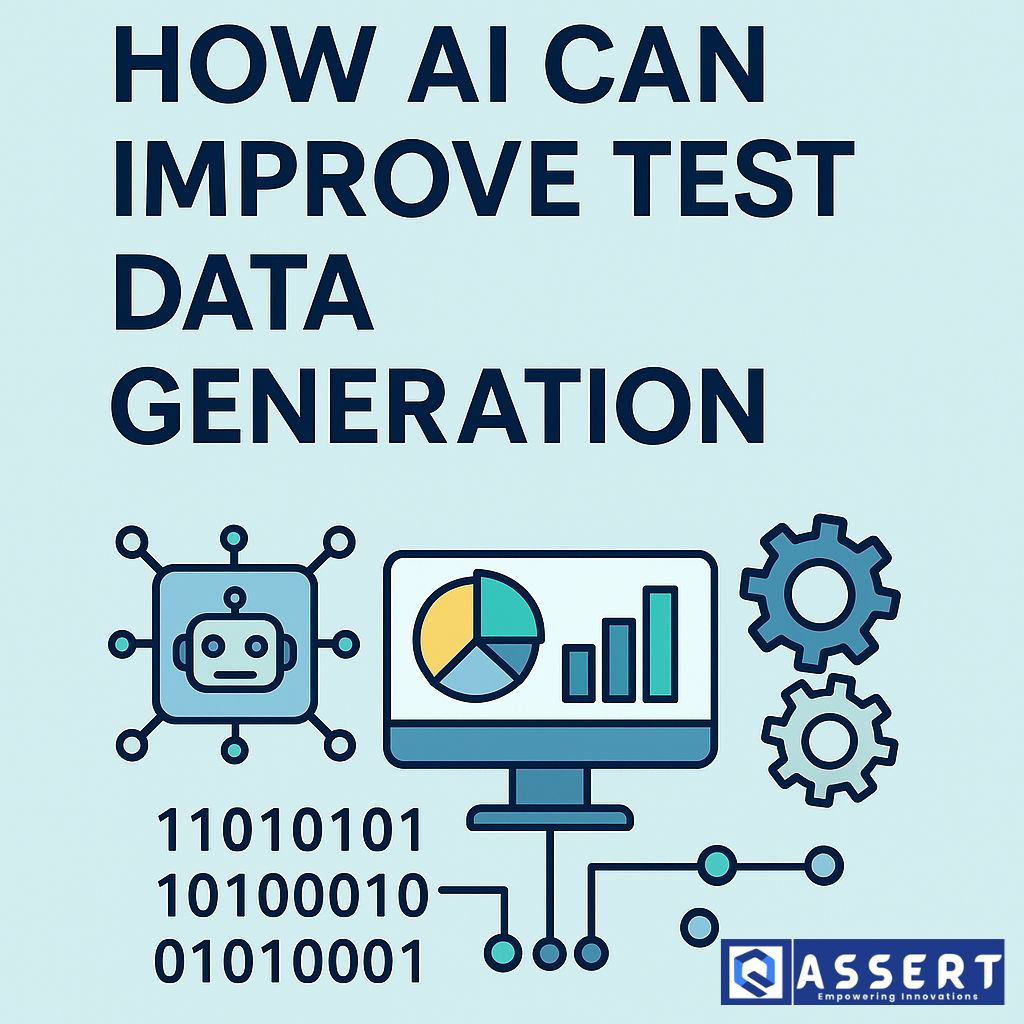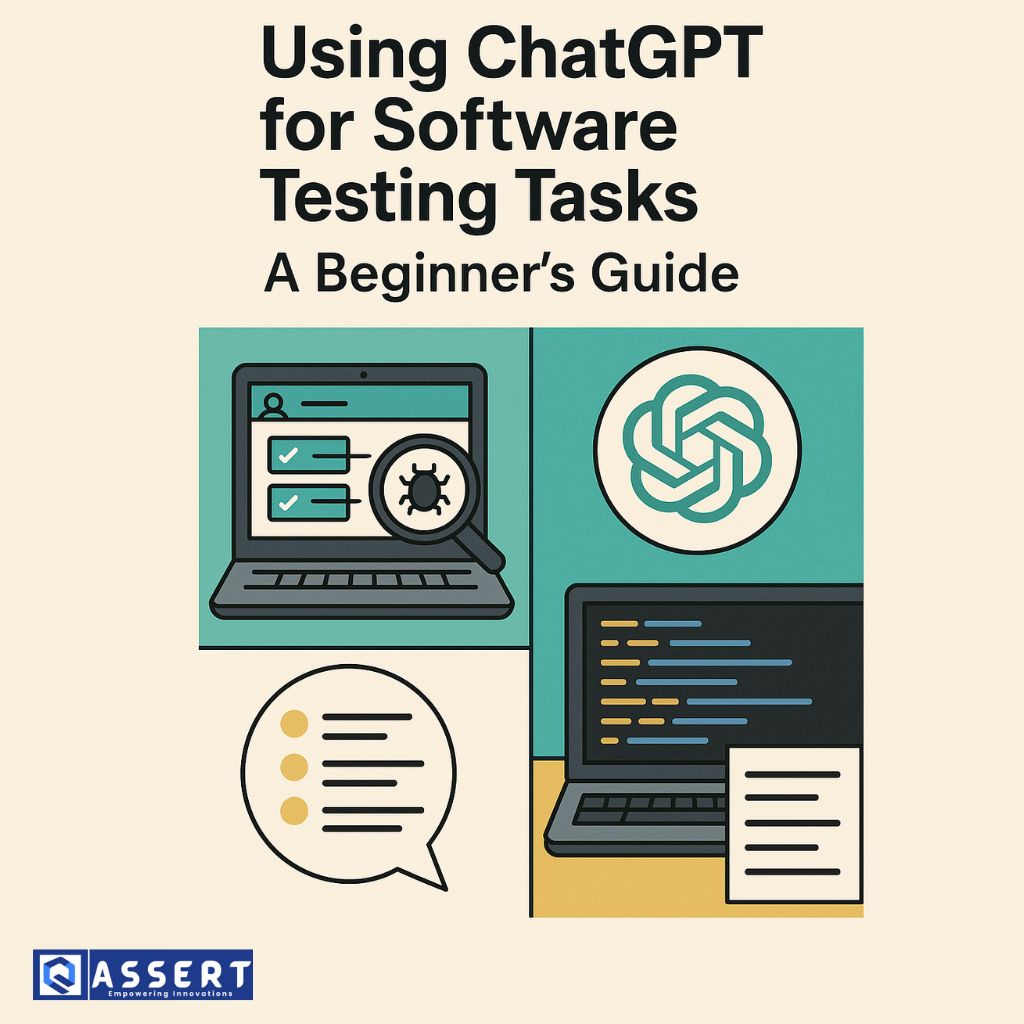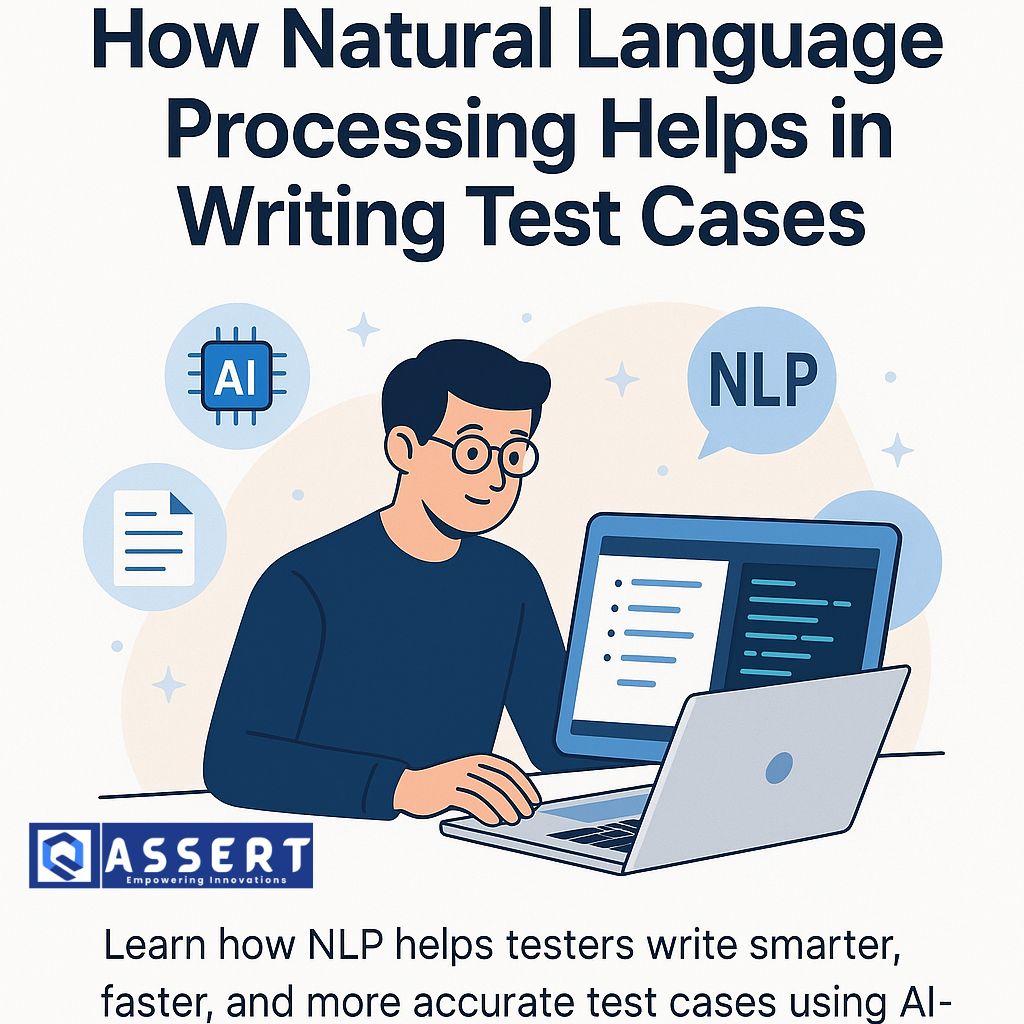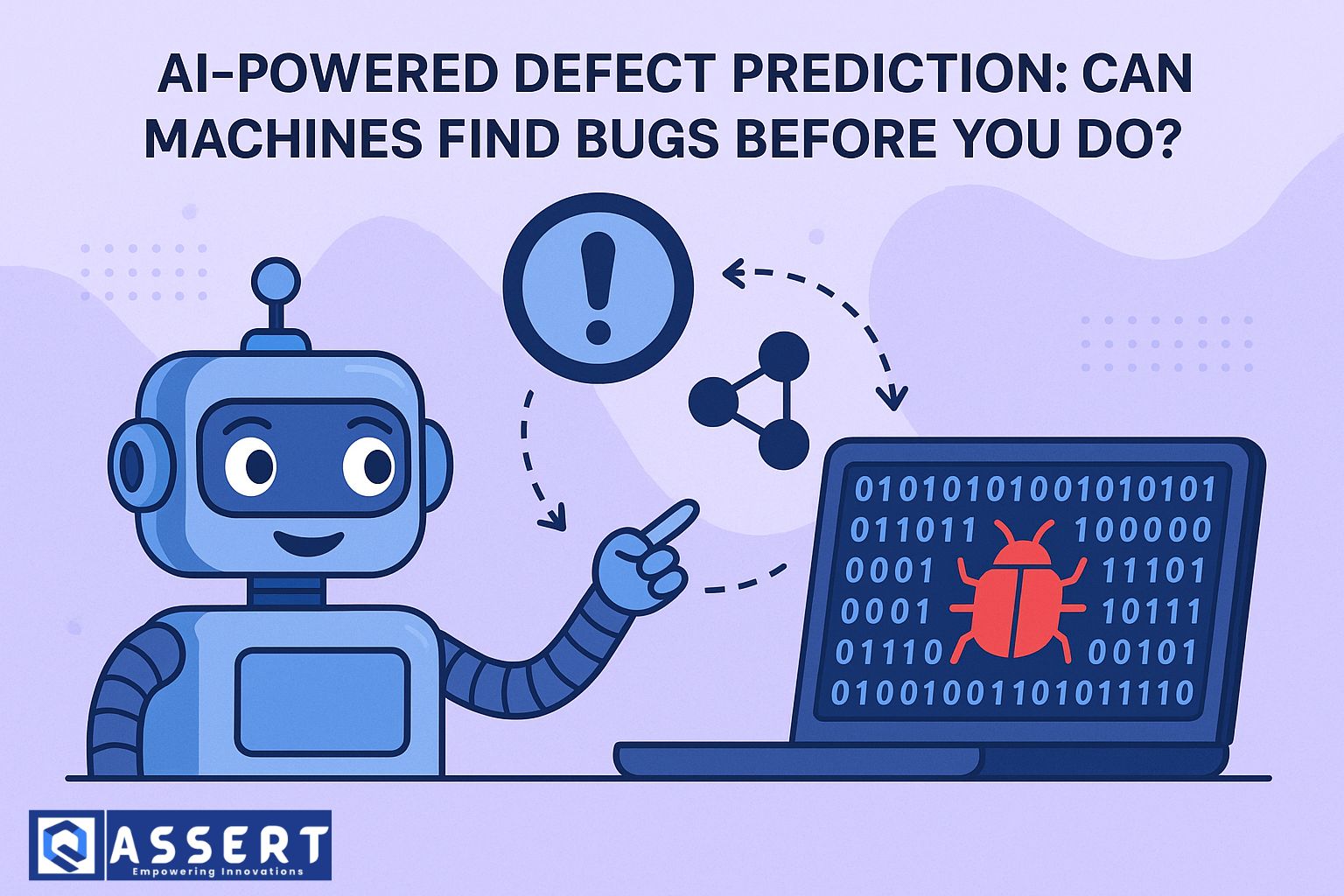Comparing Keyword-Driven and Data-Driven Testing Frameworks
In software testing, automation frameworks help testers organize and run tests in a structured way. Two common types of frameworks are Keyword-Driven and Data-Driven. Both make test automation easier and…





